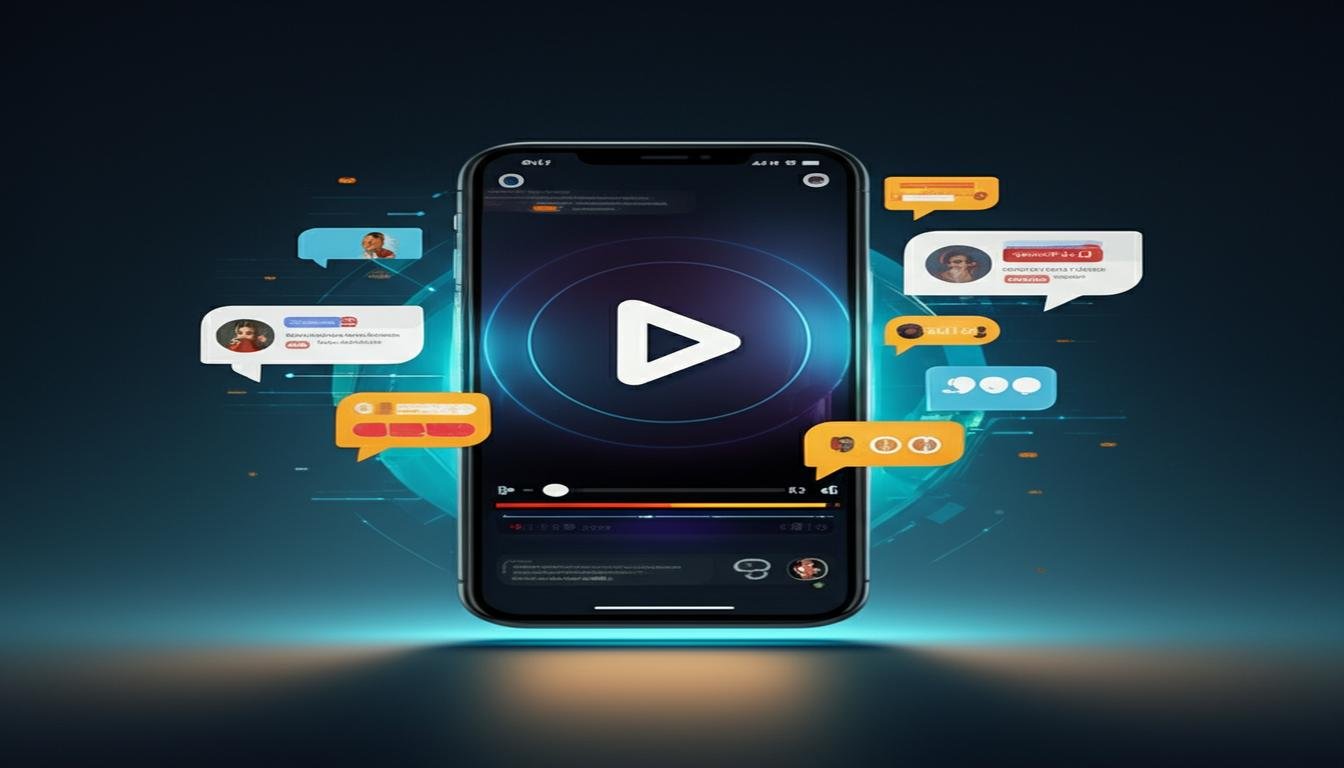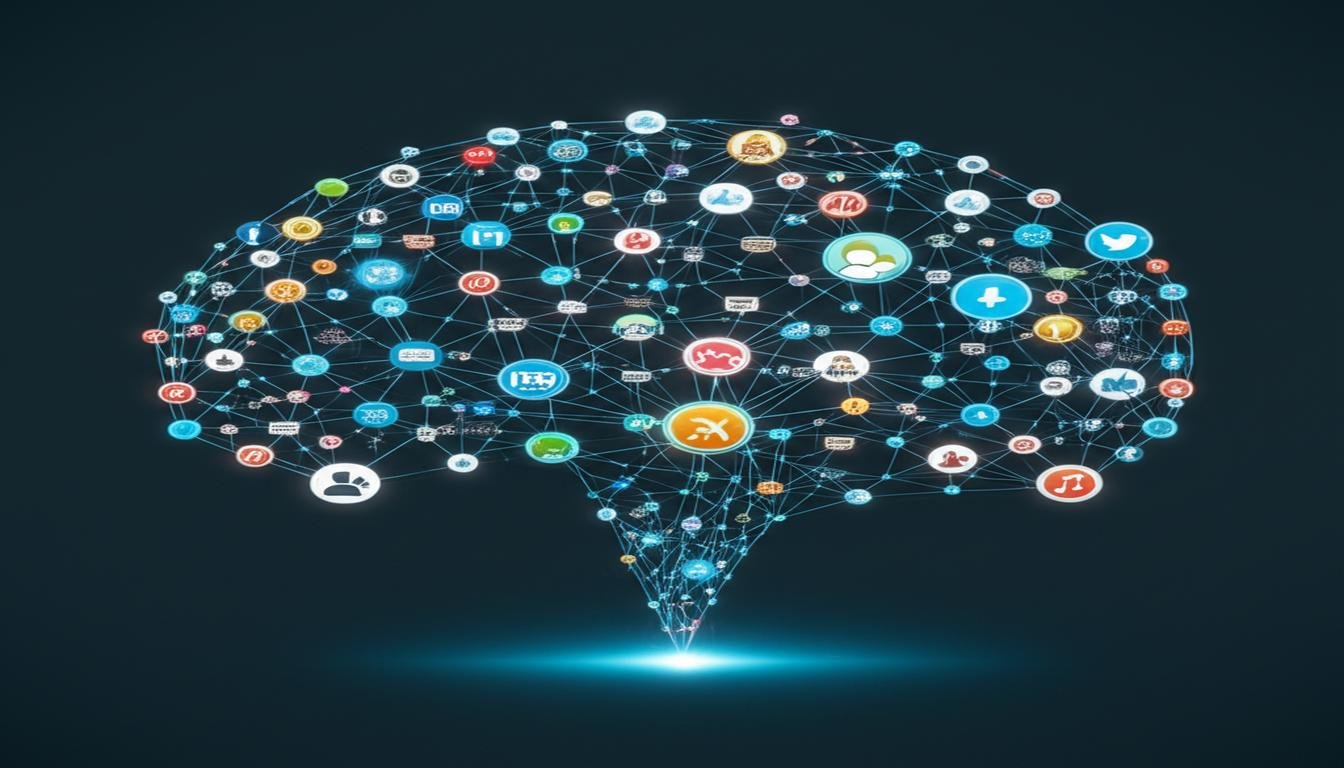Ever had that feeling someone could just *tell* what you were thinking, even if you hadn’t said a word? Maybe your boss, a close friend, or a parent just gave you “that look” and knew you were stressed, excited, or maybe just a little bit bored. Humans are pretty good at picking up on non-verbal cues.
But what if I told you that a piece of software, looking at you through your laptop webcam, could do the same? It sounds like something straight out of a sci-fi movie, doesn’t it? Yet, the reality is, AI can now read your emotions through a webcam, and it’s happening right now, all around us.
What’s Happening Behind the Screen?
It’s not magic, it’s advanced technology. This isn’t about AI reading your mind, thankfully. Instead, it’s about highly sophisticated machine learning algorithms trained on massive datasets of human faces expressing a wide range of emotions.
Think about it: when you’re happy, you tend to smile, your eyes might crinkle at the corners. When you’re sad, your mouth might turn down, and your eyebrows might furrow. These are universal, subtle movements we make with our facial muscles – often called “micro-expressions” – that give away how we’re truly feeling.
AI systems, often leveraging a technique called “facial expression analysis,” are designed to detect these tiny shifts. They analyze:
- The position of your eyebrows
- The curve of your mouth
- How open your eyes are
- Wrinkles around your nose or forehead
By processing these visual cues in real-time, the AI can infer your emotional state, whether it’s joy, sadness, anger, surprise, fear, or even simple confusion.
Where Is This Technology Being Used?
This isn’t just a lab experiment anymore. Companies and organizations are already integrating emotional AI into various applications, aiming to create more “human” interactions and gain deeper insights.
Boosting Customer Experience
Imagine you’re on a video call with customer support. An AI could be subtly analyzing your frustration levels. If you’re getting visibly annoyed, it could alert the representative to escalate the issue or change their approach. This helps companies provide more empathetic and effective service, moving beyond just what you *say* to understand how you *feel*.
Revolutionizing Online Education
For students learning remotely, staying engaged can be tough. Emotional AI in an online classroom could help teachers understand if students are confused, bored, or highly engaged, even if their mics are off. This allows educators to adapt their teaching methods on the fly, ensuring better learning outcomes and a more interactive experience.
Enhancing Recruitment
Some companies are using AI during virtual job interviews. It’s not about judging your answers, but about understanding your confidence, stress levels, or enthusiasm through your non-verbal cues. While still controversial and in early stages, the idea is to get a more holistic view of a candidate beyond their resume.
Marketing & Advertising Insights
Want to know if a new ad campaign is hitting the mark? Marketers can show videos to focus groups and use AI to gauge their real-time emotional reactions. Are people genuinely laughing, or are they bored? This feedback is invaluable for creating content that truly resonates.
The Other Side of the Coin: Important Considerations
While the potential of emotional AI is exciting, it’s crucial to acknowledge the challenges and ethical questions it raises.
- Accuracy & Nuance: Human emotions are incredibly complex. A polite smile doesn’t always mean happiness; it could be discomfort. Cultural differences in expressing emotions also pose a challenge. AI is good at detecting patterns, but it can still misinterpret nuances.
- Privacy Concerns: Who owns this emotional data? How is it stored? Is it being used to manipulate or profile individuals? The thought of our most private feelings being analyzed by machines raises valid privacy alarms.
- Ethical Dilemmas: Should an AI be able to influence a hiring decision based on a perceived lack of confidence? Could it be used to subtly “nudge” consumers into purchases? Ensuring this technology is used responsibly and transparently is paramount.
The Road Ahead: Navigating Emotional AI
The ability of AI to read emotions through a webcam is no longer science fiction. It’s a powerful tool with the potential to make our digital interactions more intuitive, empathetic, and effective. Imagine customer service that truly understands your frustration or online learning that adapts to your engagement.
However, like any powerful technology, it comes with a responsibility to develop and deploy it ethically. We need robust regulations, transparent practices, and ongoing conversations about what “digital empathy” truly means. The goal shouldn’t be for AI to replace human understanding, but to augment it, helping us connect more effectively in a increasingly digital world.
So, the next time you’re on a video call, remember: there might be a silent, observant intelligence picking up on more than just your words. It’s a new frontier, and how we choose to navigate it will shape our future interactions.









